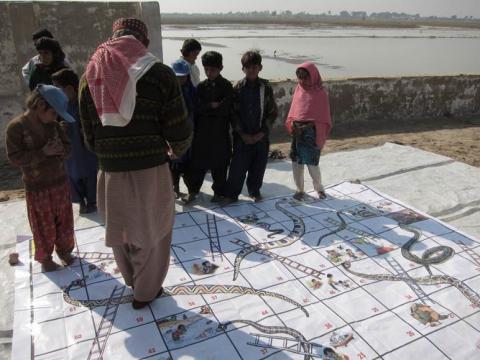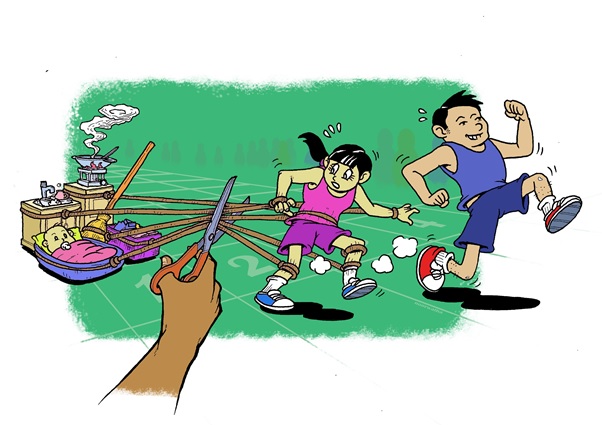Scaling Up Resilience: How Red Cross of Montenegro is Transforming Flood Preparedness
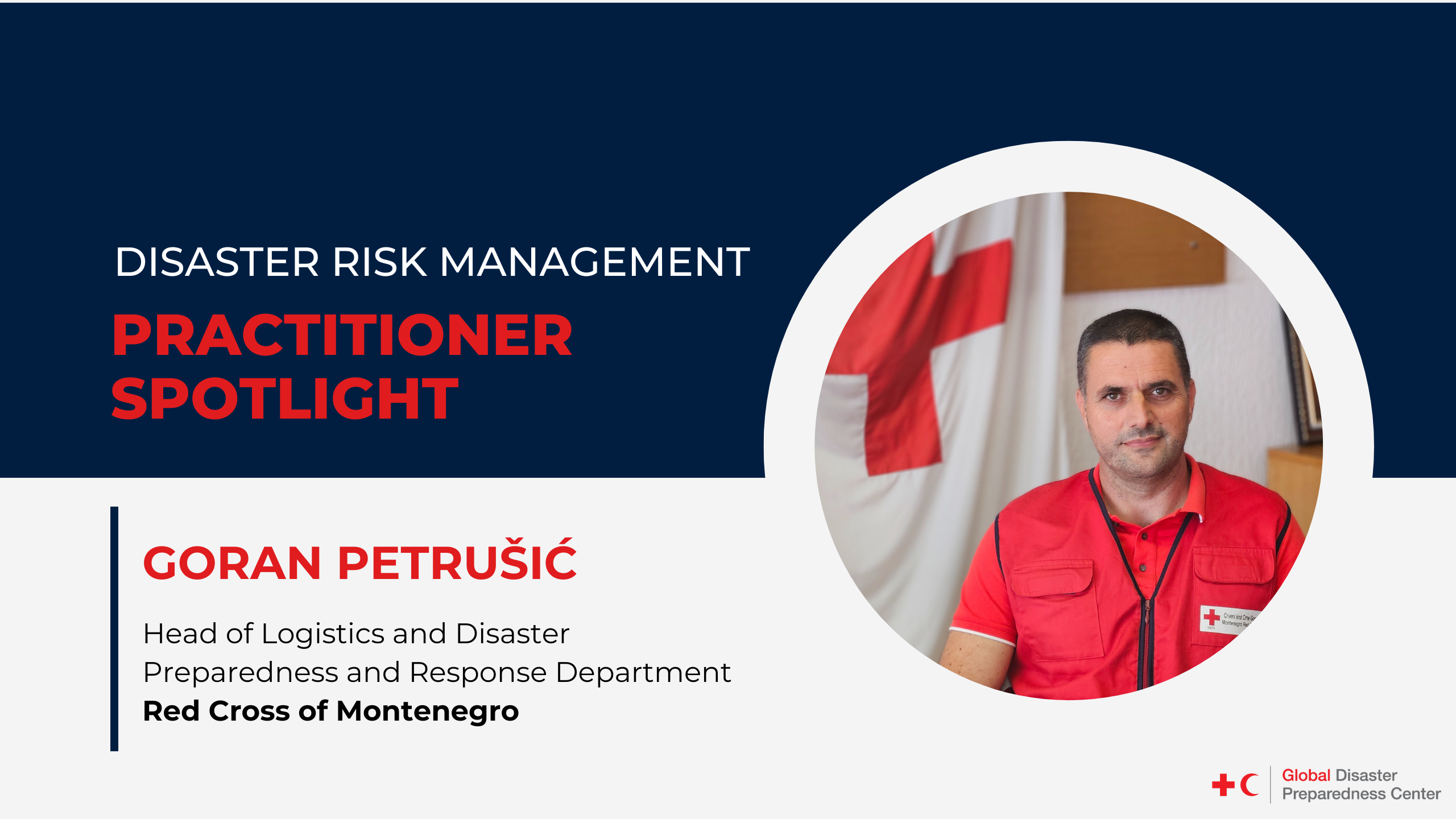
From earthquakes and floods to COVID-19 and population movements, the Red Cross of Montenegro plays a pivotal role in bolstering the nation's capacity to address diverse humanitarian challenges. Beyond immediate crisis response, the Red Cross actively contributes to a more resilient future through its preparedness and risk reduction initiatives.
Bringing over 25 years of experience in disaster management, Goran Petrušić heads the Logistics and Disaster Preparedness and Response Department at the Red Cross of Montenegro. In this DRM Practitioner Spotlight interview, Goran shares critical lessons from his extensive work in disaster response, community resilience, and flood preparedness. Drawing from impactful projects like the Zurich Flood Resilience Alliance and successful collaborations with local authorities, Petrušić offers unique insights into building stronger, more resilient communities in the face of increasing disaster risks.
Overview of Work
Can you tell us a bit about yourself and your current role at the Red Cross of Montenegro?
My name is Goran and I have worked with the Red Cross of Montenegro for more than 25 years. Initially, I joined the organization to work in logistics and I have continued to lead the process of acquiring, storing, transporting, and delivering key resources to the most vulnerable populations in Montenegro.
Over time I began to learn more about the Red Cross movement and the Fundamental Principles and saw the unique and important role of the Red Cross in the context of disasters. In Montenegro, the most frequent and impactful hazards include earthquakes, flooding, as well as population displacement and refugee influx. Today, I also lead the National Society’s work in disaster preparedness and response, supporting activities throughout the disaster risk management cycle that aim to address immediate humanitarian needs and strengthen individual, household and community resilience.
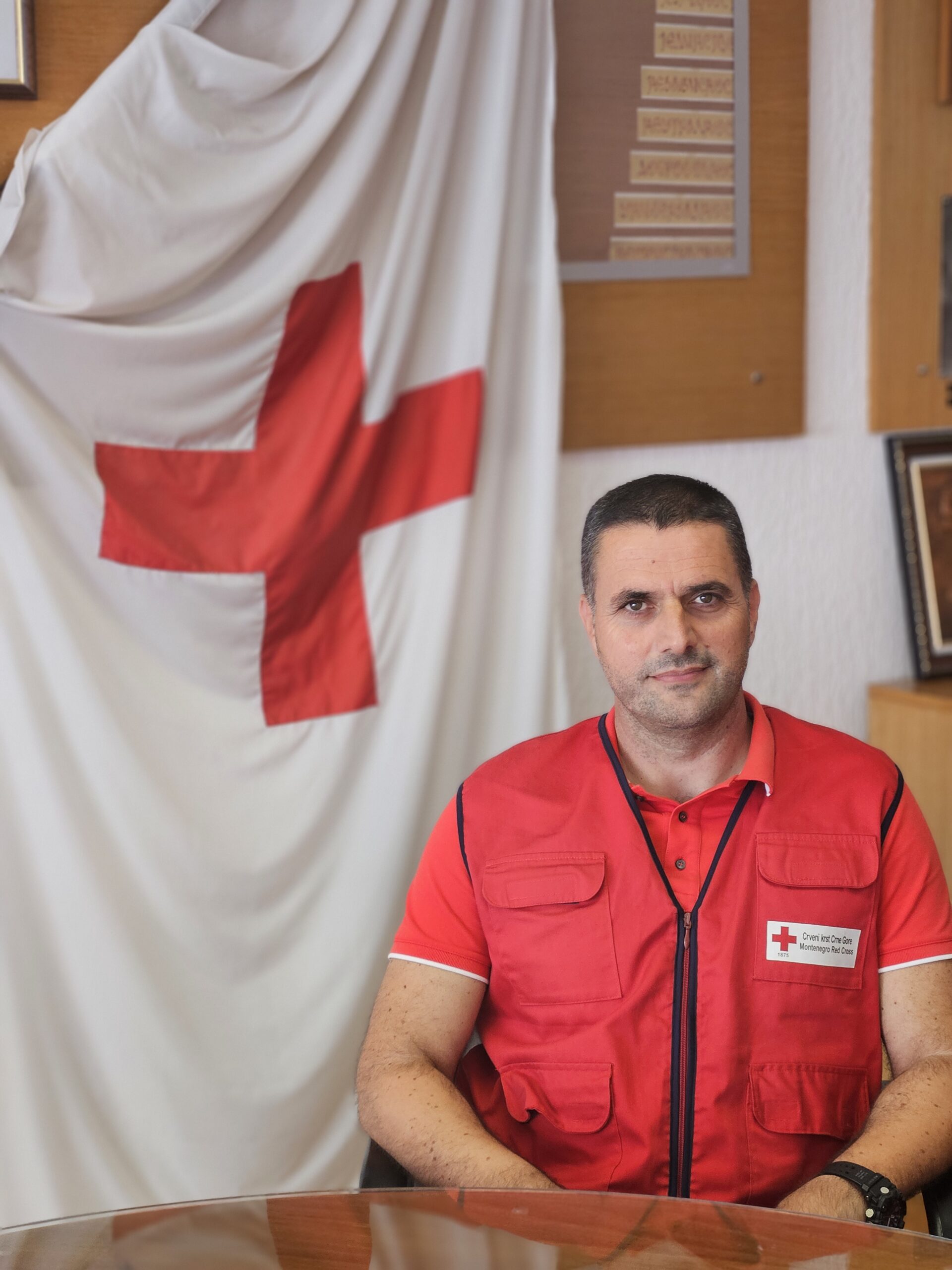
Tell us more about the work the Red Cross of Montenegro does in terms of disaster preparedness and risk reduction?
The role of the Red Cross of Montenegro is clearly outlined in the Law on Montenegro Red Cross (2006), Law on Protection and Rescue (2007) and the Strategy for Disaster Risk Reduction (2018 - 2023). The Red Cross has played an important role in response activities to the most significant disasters in our country’s recent history, such as the 1990s influx of refugees from ex-Yugoslavia and 1999 influx of refugees from Kosovo, severe floods in 2010 and the COVID-19 pandemic.
In addition to delivering humanitarian aid in the case of disaster, the Red Cross of Montenegro is also recognized as a key actor in raising risk awareness and strengthening skills within the general population. As a result, the National Society is active in providing first aid trainings, facilitating simulations and other workshops, sharing key messages and recommendations about being prepared, among many other activities.
While our main focus is to directly engage local communities, we also participate in dialogue platforms and policy working groups to elevate local voices, needs and priorities into discussions with decision makers at subnational and national levels. This allows us to integrate our experience and lessons learned, as well as act as a bridge between local communities and authorities, to support the development of national DRR policy, plans, and strategies.
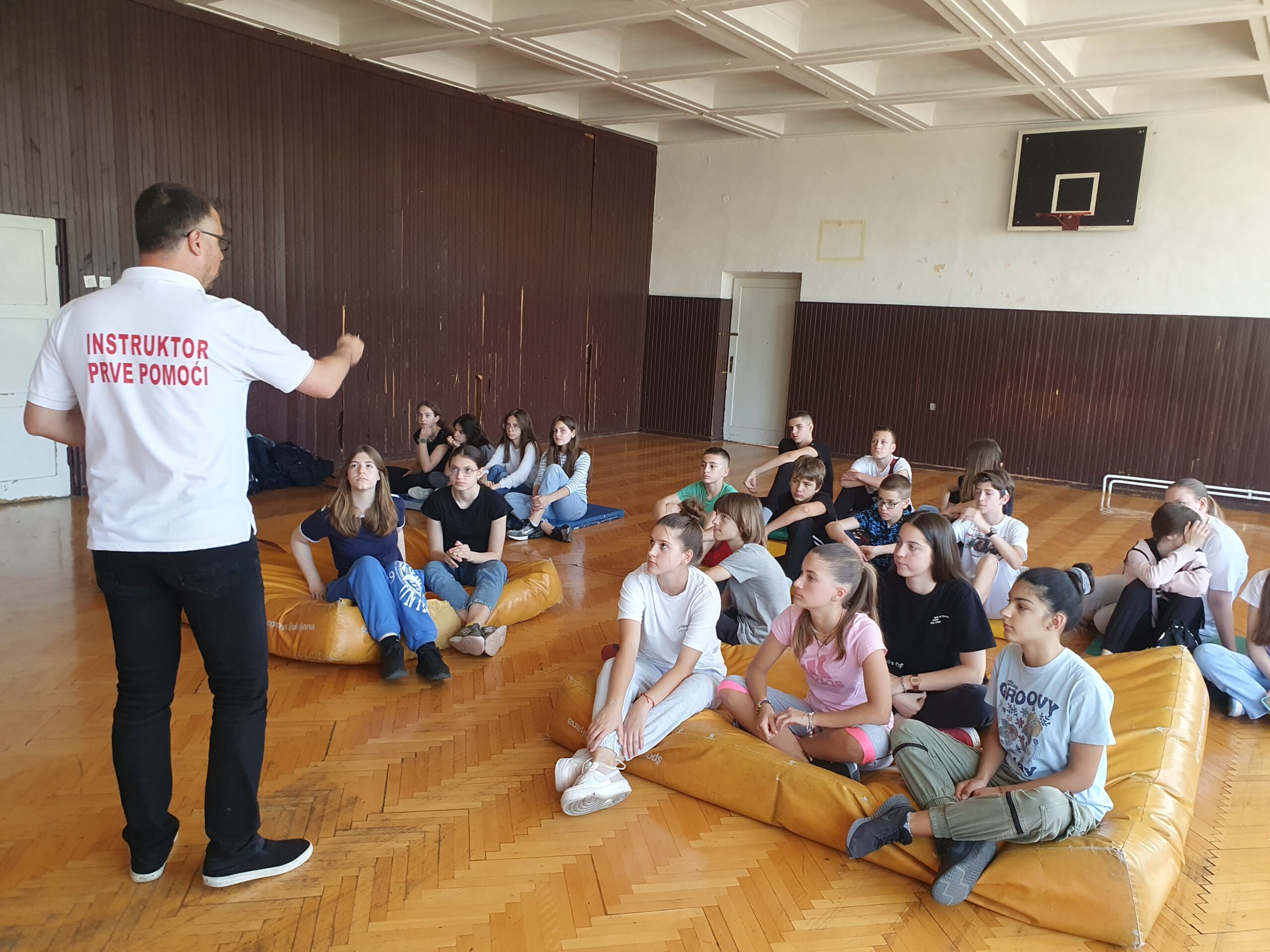
Do you have a dedicated team that focuses on preparedness/DRR?
The Red Cross of Montenegro is made up of 23 local branches across the country, as well as a wide network of partners and volunteers. Both at national and local levels, we have teams dedicated to Disaster Preparedness and Response made up of Disaster Management Officers, staff and volunteers. We continuously work to train members of our local branches in topics related to disaster risk reduction, both regarding preparedness and response. Additionally, we are well connected to DRR teams in National Societies in our region and we regularly work together on trainings and simulations to strengthen our skills.
What current project or initiative do you find especially exciting or impactful? What makes it so?
In 2024 we are coming to the conclusion of a 5-year project as part of the Zurich Flood Resilience Alliance; a multi-sectoral partnership bringing together actors in the humanitarian, research, and private spheres to strengthen climate resilience across 25 countries.
In Montenegro we have focused our efforts on vulnerable communities located around the Skadar Lake, building resilience with individuals and households, through schools and in collaboration with local authorities, and scaling up best practice and influencing policies and strategic plans at the national level. As a result, we have positively impacted at least 31,000 people and indirectly benefitted over 100,000 people which corresponds to more than 15% of the total national population.
Through this long-term flood resilience project, the Red Cross of Montenegro has pioneered a number of innovative approaches and methodologies, including piloting the use of the Flood Resilience Measurement for Communities (FRMC) tool, implementing DRR interventions focused on environmental management and local infrastructure, as well as pursuing initiatives developed in close partnership with local authorities.
At-Risk Communities
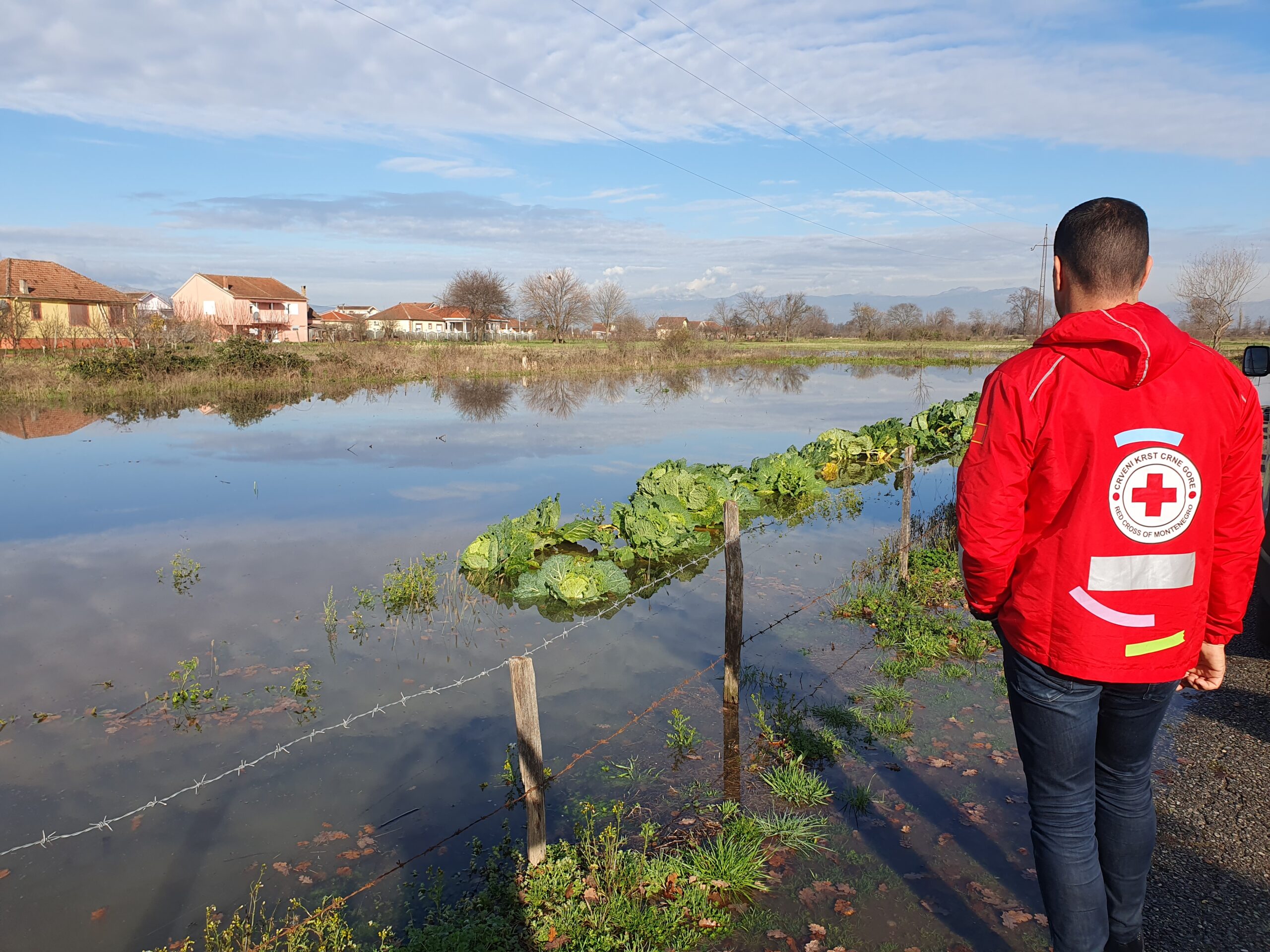
What are the main challenges that the communities and individuals you work with face when it comes to disaster preparedness?
One of the key challenges that emerged from our interactions with local communities was a general dependency on external support services and low levels of preparedness at the individual or household level. In past disasters, we have seen the capacity of external support services, such as the national authorities and the Red Cross of Montenegro, put to the test. In these extreme scenarios, we observe local communities organizing and supporting each other in admirable ways. We aim to capture this sense of responsibility and solidarity to strengthen local capacity consistently, not just in times of dire need.
When communities are empowered with the knowledge and skills to take local action to prepare and respond to floods, as well as other hazards, the overall civil protection system is strengthened, losses and damages can be reduced, and communities can be better protected. The flood resilience project has contributed to this objective, by leading first aid and DRR trainings and evacuation and emergency simulation activities at the local level, as well as delivering emergency backpacks and disseminating risk awareness materials to families and schools.
Impact and Priorities
Do you have any recent achievements or successes that you’d like to share with the rest of us? In your opinion, what helped achieve this success?
Over a number of years, the Red Cross of Montenegro, through the flood resilience project, worked with the Zeta Municipality to build flood resilience by strengthening local infrastructure in vulnerable communities in the area surrounding Skadar Lake. This collaboration with local authorities led to the successful implementation of three flood protection micro projects, including the repair of the flood protection wall in the community of Ponari, the cleaning of the canal in the communities of Kurilo and Bistrice and the establishment of green islands for waste management in the communities of Gostilj and Berislavci.
Despite setbacks related to administrative changes and the Covid-19 pandemic, these three initiatives were successfully completed and are projected to have a significant impact on protecting lives and livelihoods in the case of floods. This has also sparked new behaviors and attitudes that prioritize the link between environmental management and flood resilience.
In addition to the positive impact provided to flood-prone communities, these activities also represent a successful model of collaboration between Red Cross and local authorities. This approach highlighted the power of aligning priorities and combining multiple sources of funding resulting in greater impact and sustainability of flood resilience actions. Furthermore, the initiatives implemented as part of this project represent a successful pilot of the type of flood resilience solutions that the Zeta Municipality now plans to extend and replicate more widely.
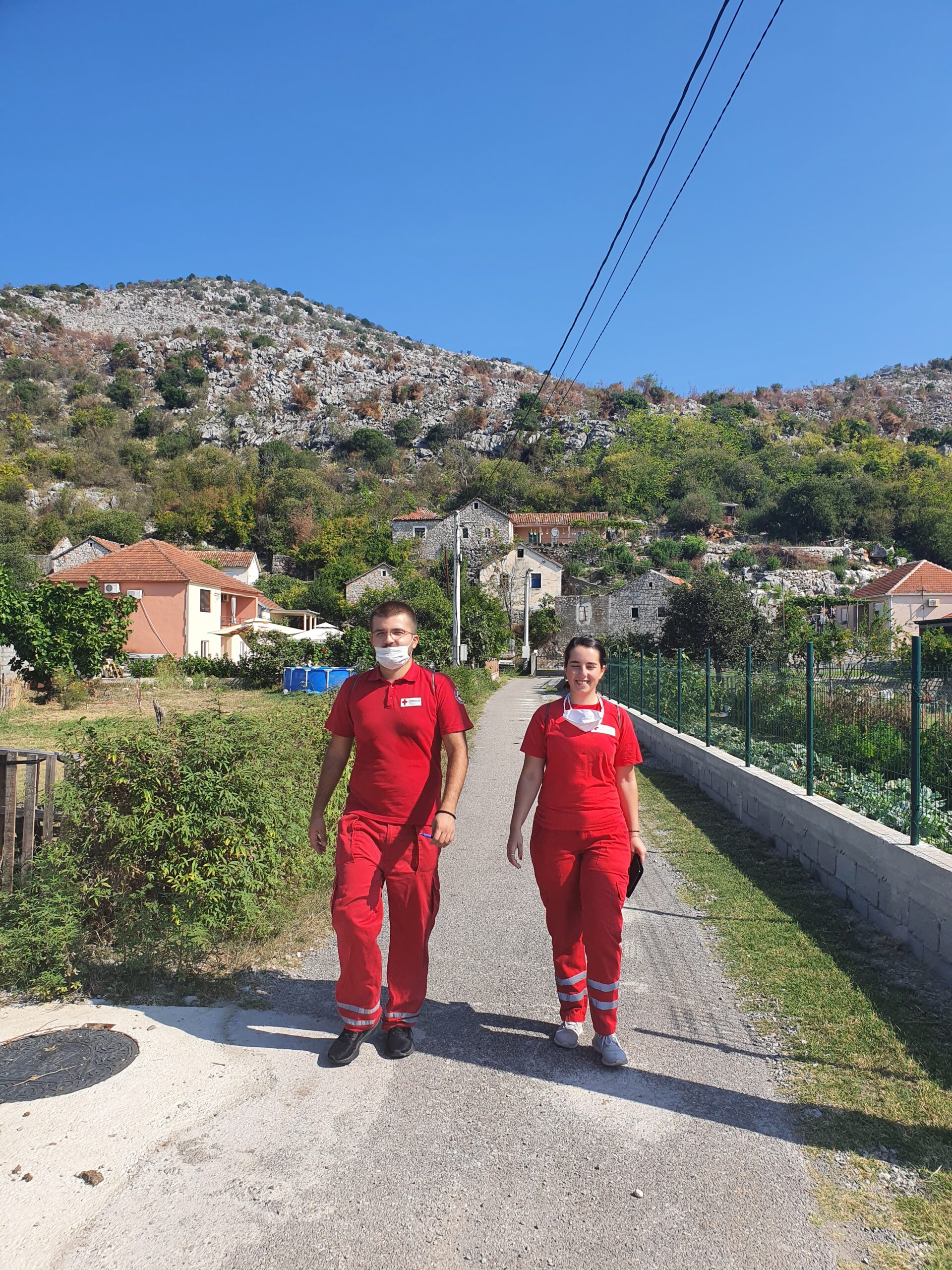
What are one or two top priorities for your team in the next 1-2 years when it comes to preparedness and risk reduction?
Going forward, our main priorities are strengthening the network of local branches and volunteers in disaster response and preparedness and to provide them the resources and materials to take action at the local level. We also aim to align the curriculum of these trainings with other National Societies in the region so that teams across countries can work together, especially to strengthen disaster response deployments in the region.
What connections or collaborations outside your National Society have been most useful?
As described above, the collaboration with the Zeta Municipality was key to the success of this project. Establishing and nurturing this partnership took time and resources. The Red Cross team was continuously sharing information with the Municipality, especially as administrative changes led to turnover in leadership and staff, maintaining regular communication and accountability and building strong relationships with technical staff that acted as champions of the project from within the Municipality.
Furthermore, we engaged the local Red Cross branch in this process and, as a result, we have fostered a strong connection between the Municipality and the Local Red Cross branch. This sets a foundation for ongoing collaboration even beyond the lifetime of the flood resilience project. As we celebrate the positive impact of this project, there are already conversations on how to continue to work together towards flood resilience in the area.
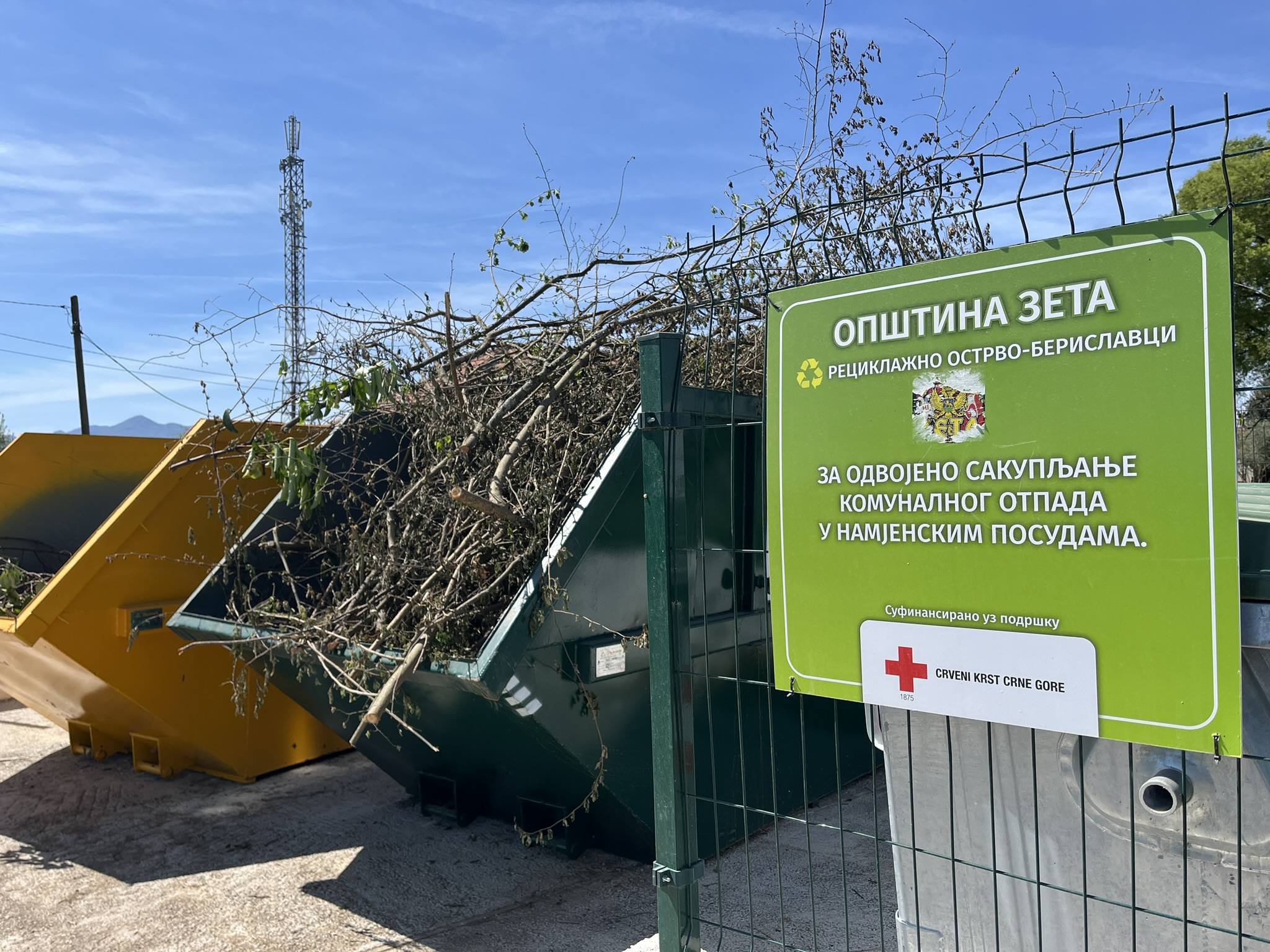
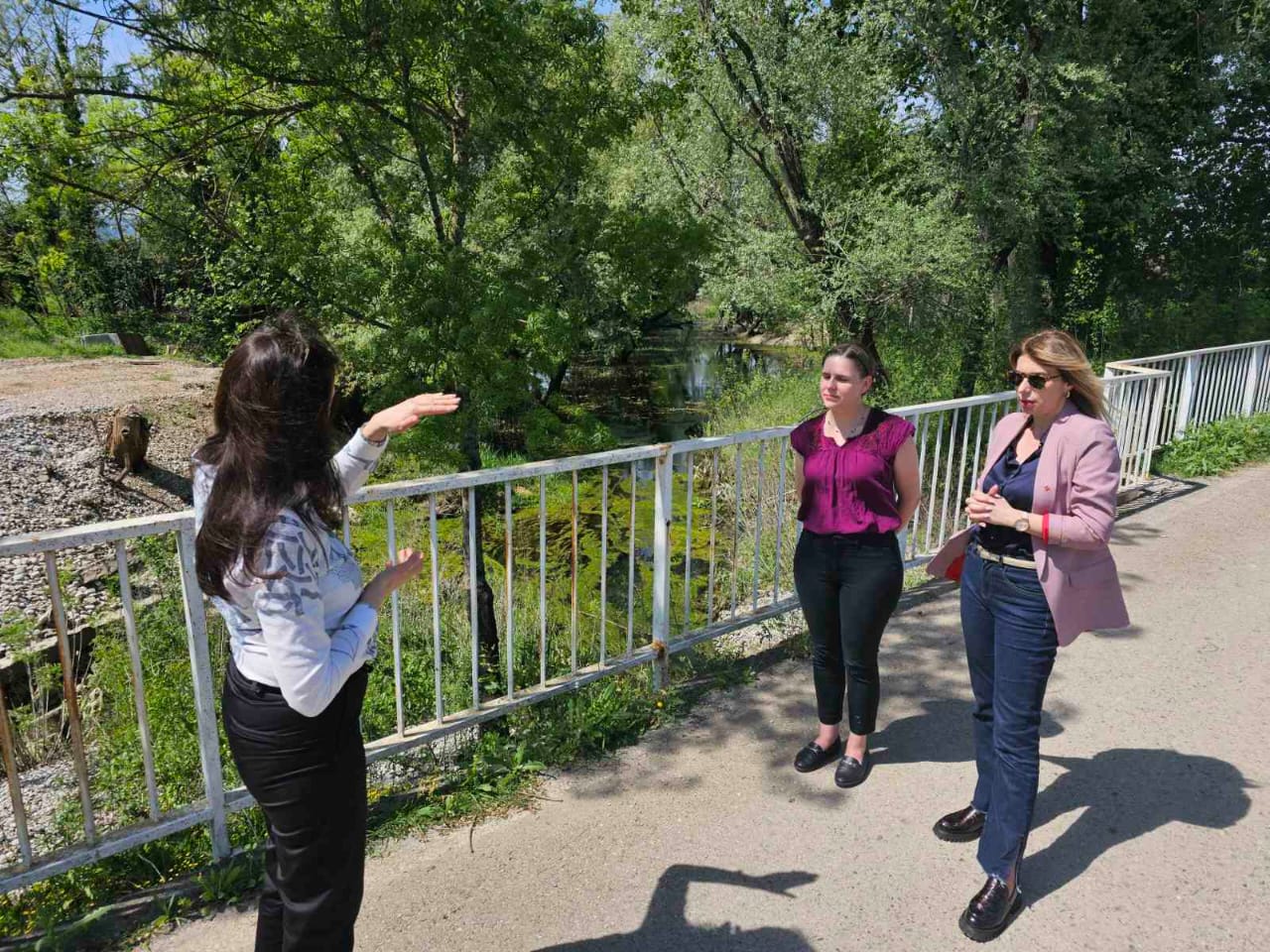
What advice or a lesson from your experience would you give to colleagues in other National Societies working in this space?
The flood resilience project, and particularly the local flood protection infrastructure intervention, provided a number of important lessons that will guide our future work and may be applicable to other National Societies seeking to work in similar ways in collaboration with local authorities.
One of the factors for success was to leverage the reputation of the Red Cross of Montenegro and work in vulnerable communities where there was a foundation of existing trust and past cooperation. This ensured community acceptance and engagement throughout the process and highlights the importance of the continuous actions of the National Society to be present and build trust with all communities.
Another key factor was to understand how the community needs were aligned with the priorities of the local authorities. In this context, we reviewed Local Flood Protection Plans to identify interventions that had already been mapped, but not implemented, by the Municipality that were in line with the gaps and opportunities prioritized by the community. From the outset, the Red Cross of Montenegro proposed a model of working together towards shared goals and this positioning successfully engaged local authorities leading to the co-financing and co-development of flood resilience initiatives.
Finally, we recommend starting relationship-building with key stakeholders, such as local authorities, as early as possible and to formalize partnerships through written agreements with clear roles, responsibilities, and time frames, where possible. The best practice we developed was to build ambition gradually by starting with small-scale collaborations. In this case, the successful collaboration on the flood protection wall led to the canal cleaning which, in turn, led to the green islands initiatives.
Special thanks to the Zurich Flood Resilience Alliance for their support in preparing this story.

